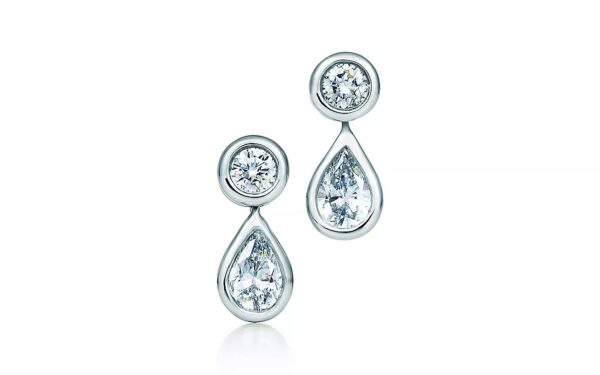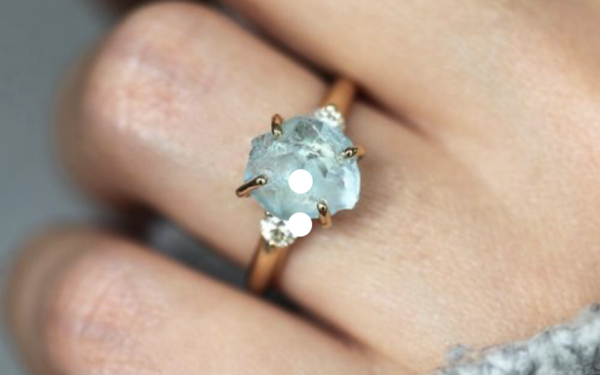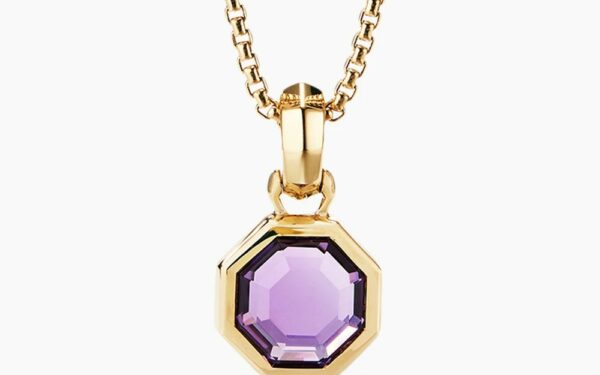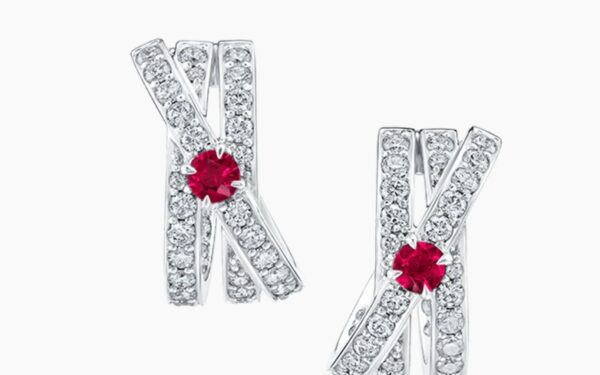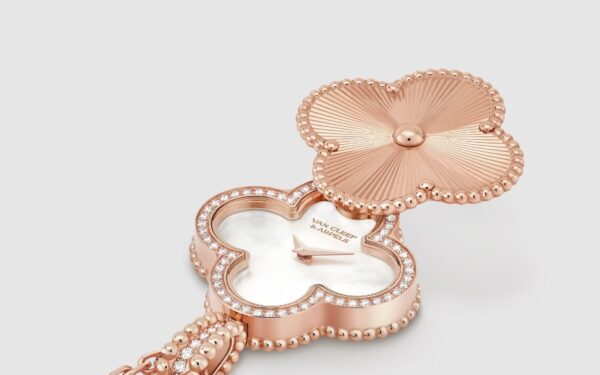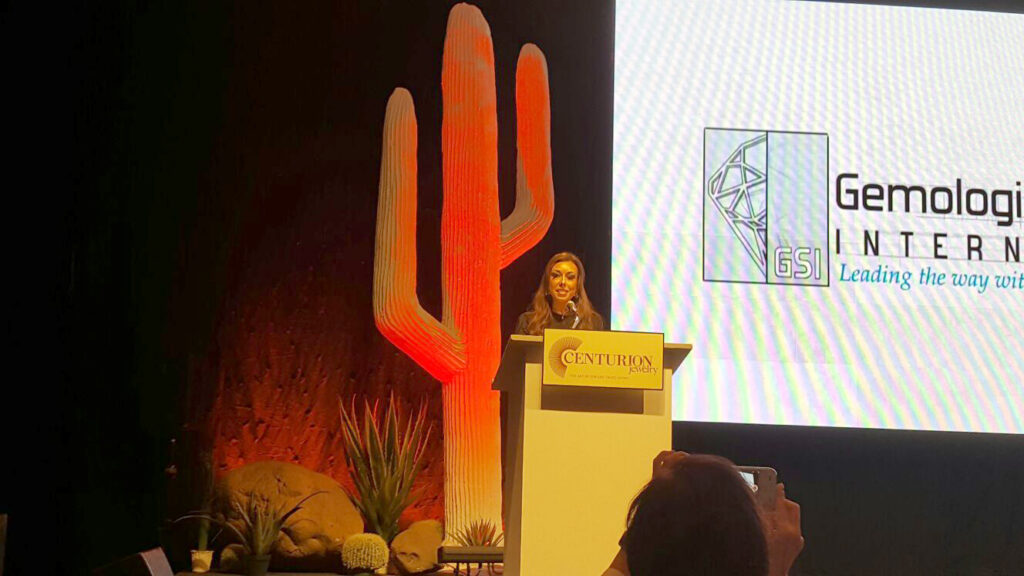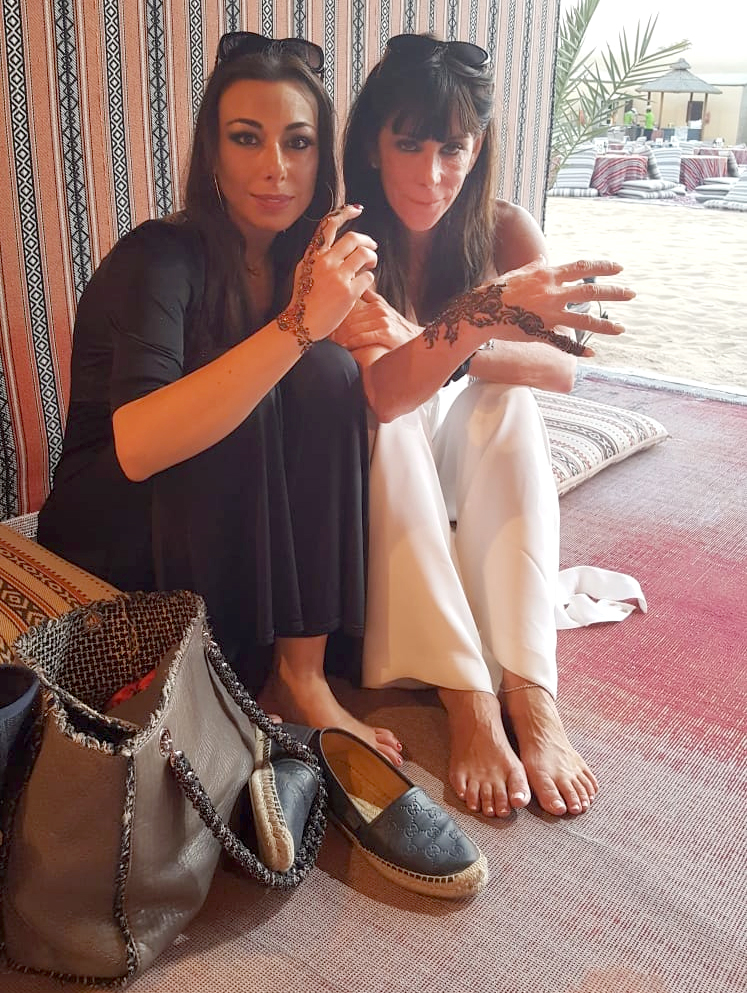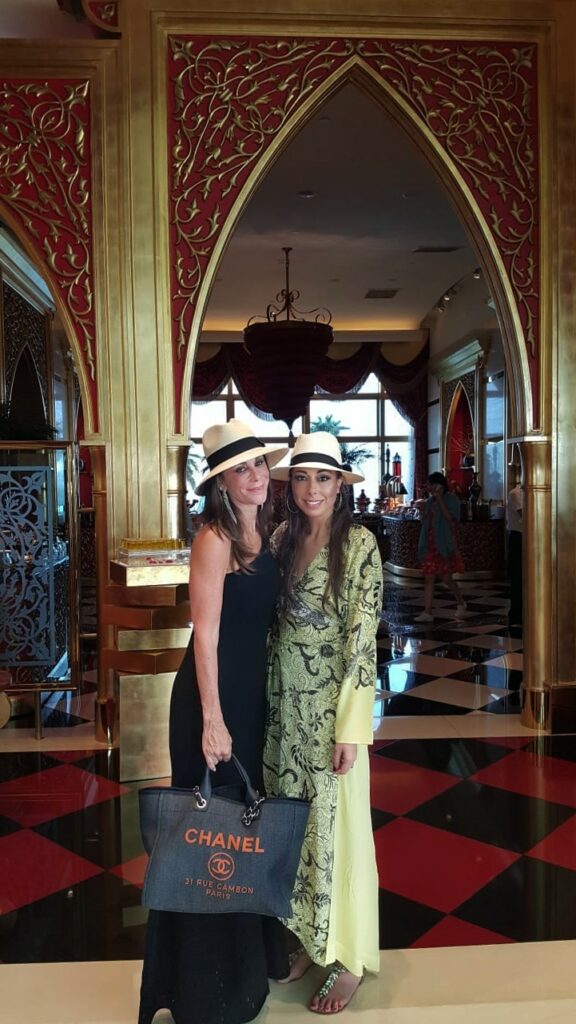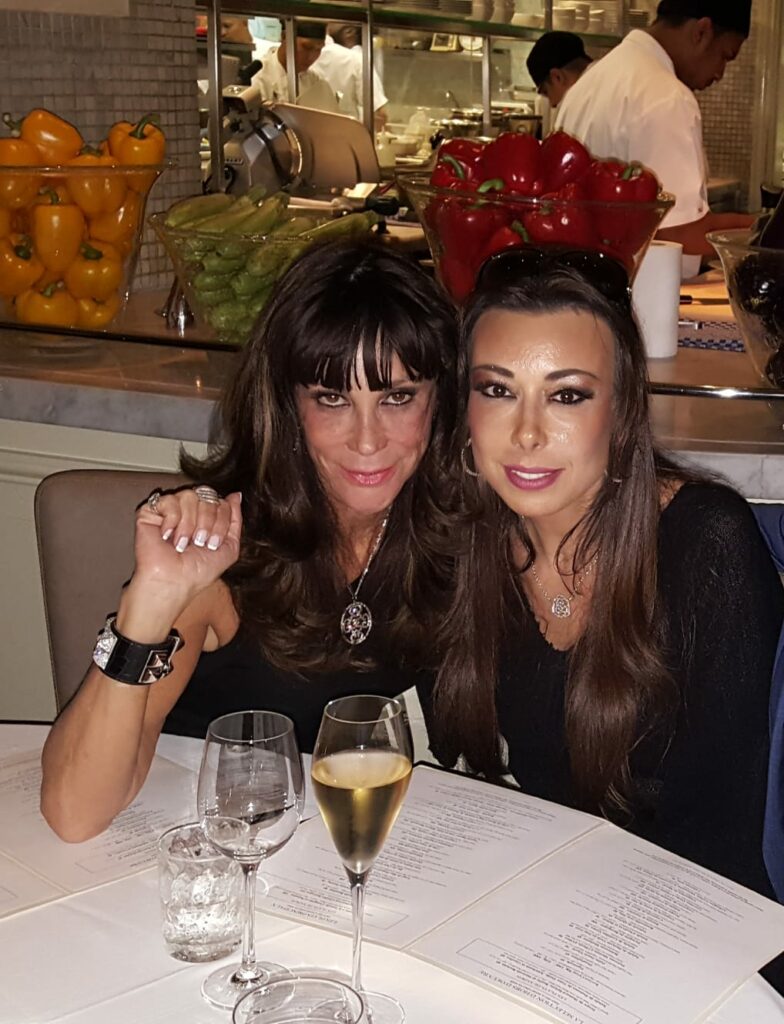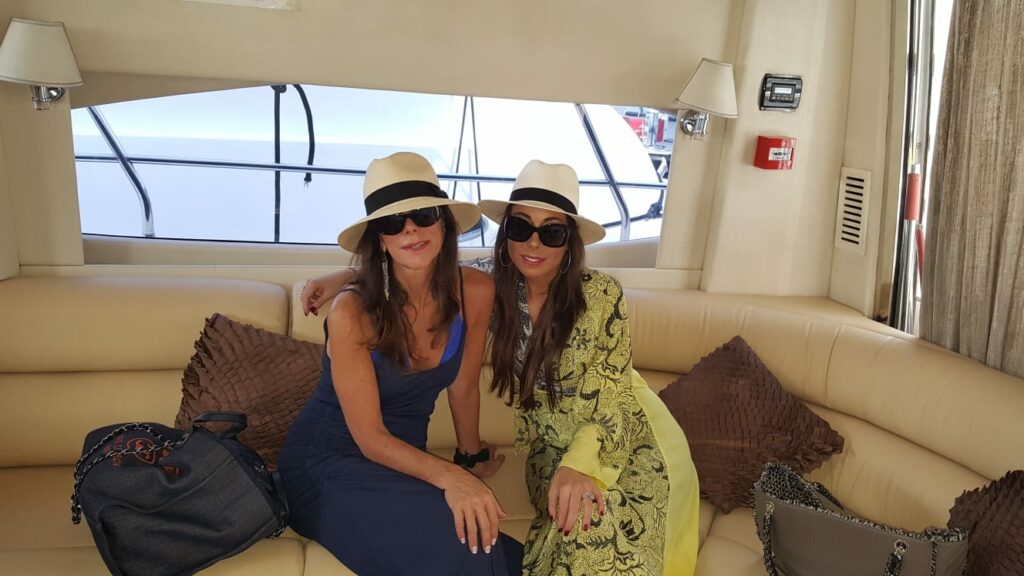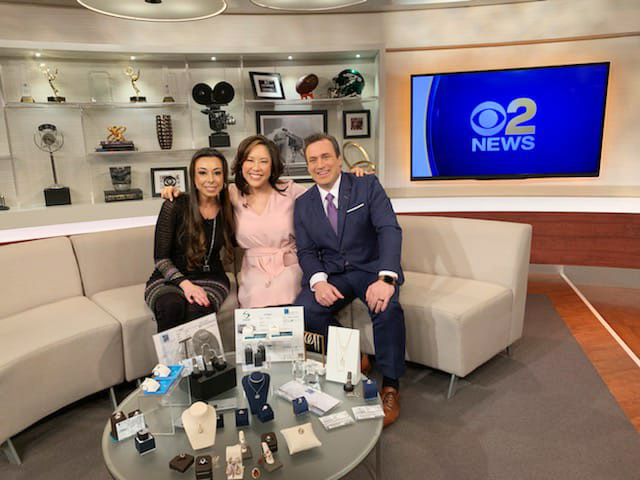Famous Diamonds: Cullinan I & II
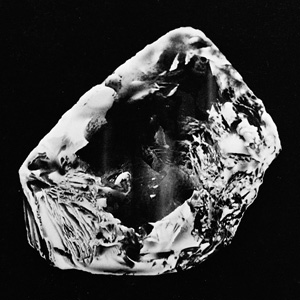
If you love diamonds and all their colorful history, then you definitely know about the Cullinan diamond. It is still, to date, the largest diamond ever mined. It was cut into 9 big stones and more than 90 smaller ones, making the parent stone one of the biggest earning diamonds to ever exist. Today, the two larger stones, Cullinan I and II, are among the most valuable of Britain’s crown jewels. Let’s take a closer look at this fascinating diamond.
Origin of the Cullinan Diamond
The stone that became the Cullinan Diamond was discovered at Pretoria’s Premier Mine on January 26, 1905. A miner, Frederick Wells, discovered it when inspecting the mining paths 18 feet underground. A stone as large as the size of his fist was lodged into a wall of the mine and shone down at him.
The stone was around 3,106 carats, weighing in at around 21.9 ounces. It had a distinct blue-white color that was so clear that even an untrained eye would peg it as being colorless.
After extraction, the stone was presented to the owner of the mine, Sir Thomas Cullinan, from whom it gets its name. He immediately put it on display for sale in London. However, its sheer size and weight was a deterrent to a lot of buyers, and it was still on the market 2 years later.
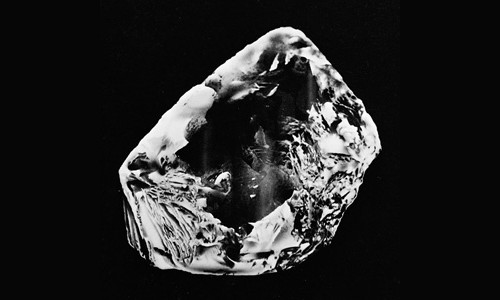
The Cullinan’s Journey
In Britain, King Edward VII was about to turn 66 years old in 1907. The Provincial Government of Transvaal felt that the stone would be a great proverbial “olive branch” between South African Boers and the British Government. Consequently, they bought it off Sir Cullinan for 2.4 million South African Rand and gifted it to the King.
Since it was very valuable, the King was concerned that it would be stolen en route to England. To reduce the chances of the stone being lost, King Edward instructed that a fake diamond be sent via steam ship to London with all the pomp and circumstance that would be expected when transporting a very valuable gem. The ship was packed with detectives who would be presumed to be guarding the stone.
The real gem, however, was insured for 17 million, and sent over to England in a plain package over post. It was officially presented to King Edward by the Prime Minister at the time, Louis Botha.
Cutting the Cullinan
Once he received the uncut stone, King Edward VII assigned the job of cutting it to Joseph Asscher of Netherlands’ Asscher Diamond Company. Despite having cut expensive diamonds before, or perhaps because of it, Asscher took his time before starting the work. He studied the structure of the Cullinan for 6 months, mapping the direction of cuts.
When the 3,106-carat stone was ready to be cut, Asscher readied a high-quality steel blade for 4 days so as to make precise cuts. However, the first blade broke without making even a scratch on the Cullinan. Asscher tried again, and this time the steel went through the stone exactly how he had envisioned. Once the cut was made, Asscher actually fainted from his pent up anxiety.
After 8 long months, 9 large diamonds (Cullinan I to IX) and 97 smaller ones resulted from the Cullinan. The largest two are known as the Cullinan I and Cullinan II.
The Cullinans Today
A lot of the Cullinan’s stones have made their way into the crown jewels.
The pear-shaped 94.4 carat Cullinan III is frequently worn by Queen Elizabeth as a lower pendant on her brooch. The cushion-shaped 63.6 carat Cullinan IV was transferred from Queen Mary’s crown band, and today is featured in the top part of Queen Elizabeth’s brooch.
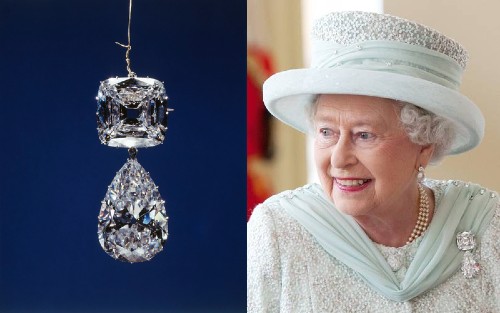
The 18.8 carat Cullinan V has a unique triangle pear shape. Queen Mary wore it as a brooch before using it in her crown’s circlet. It is worn today as a brooch by Queen Elizabeth. Cullinan VI to IX are also part of Her Majesty’s personal jewelry collection.
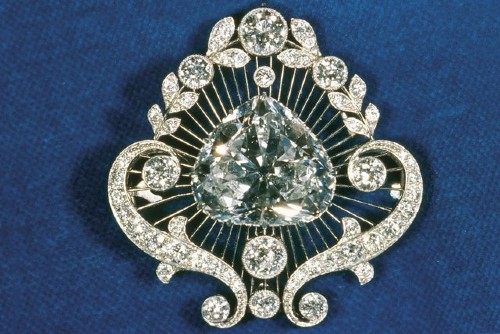
Cullinan I & II
The Cullinan I, also known as the Star of Africa I, is a 530-carat diamond. This makes it the largest fine-quality colorless diamond. It sits on the Royal Scepter and is on display at the Tower of London.
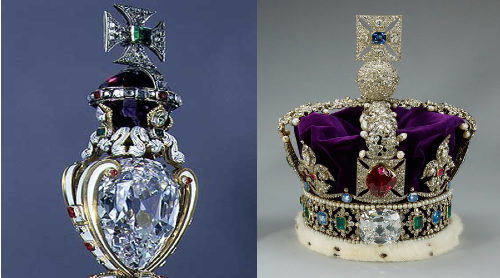
The Cullinan II, or The Second Star of Africa, weighs 317 carats. It is a beautiful gem that is mounted on the Imperial State Crown. It is also on display in the Crown Jewels section of the Tower of London.
Diamonds carry a lot of history. Read more stories about the most famous diamonds of all time.
Famous Diamonds: The Golden Jubilee
Famous Diamonds: The Incomparable Diamond
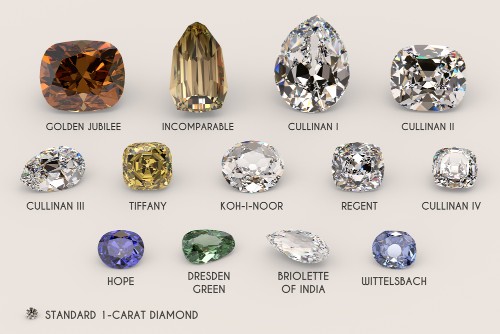
About The Author
Debbie Azar is the Co-Founder and President of Gemological Science International (GSI), one of the largest gemological organizations in the world, and a distinguished leader in the global diamond and jewelry industry. As an executive with extensive knowledge of the jewelry and gem lab industries, her entrepreneurial skills and vision have helped GSI achieve rapid and continuous growth worldwide, establishing 13 leading-edge gemological facilities on four continents. She currently serves on the boards of the Jewelers Vigilance Committee, Responsible Jewellery Council, and Jewelers for Children, and is a member of the 24 Karat Club of New York. She has been featured in Forbes, Daily Mail, Good Morning America, Bloomberg, Bloomberg Businessweek, Fox Business, Fox5, CBS2, BOLDTV, Varney&Co, The Street, and NASDAQ, among others.
